-
#517 – Italian Spiderman (2007)
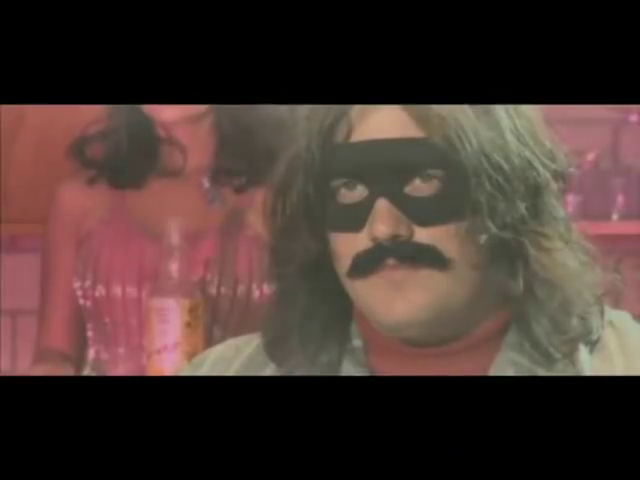
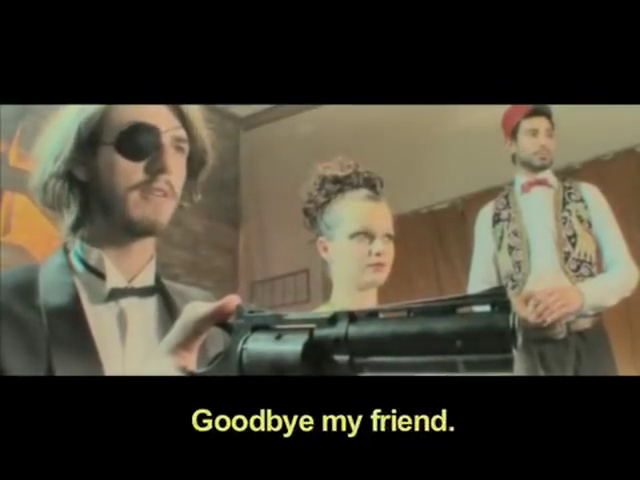
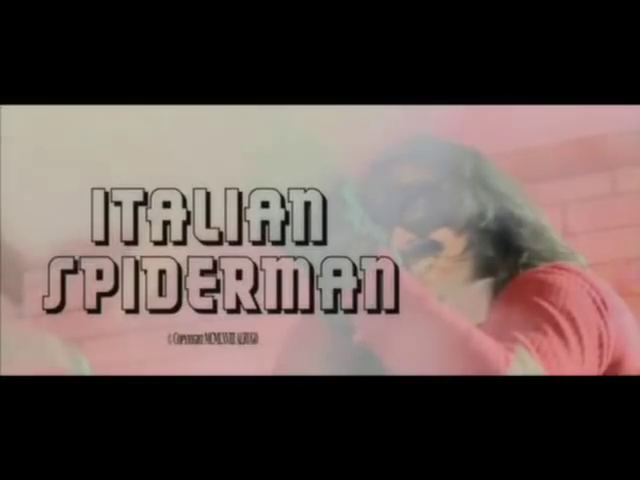
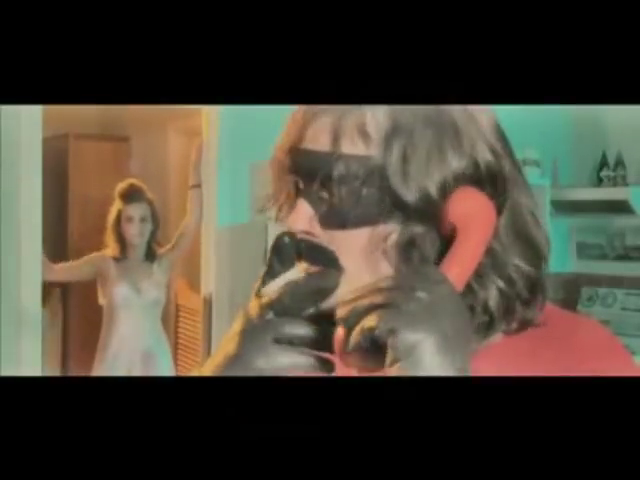
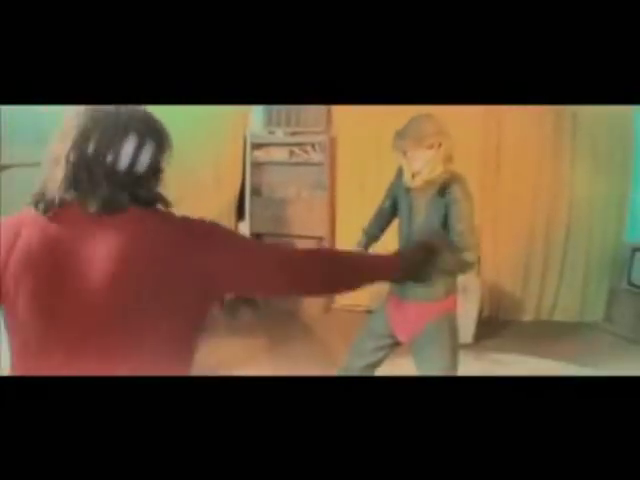
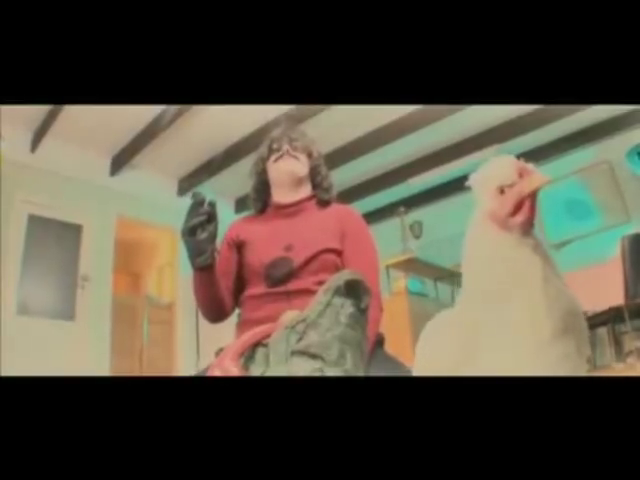
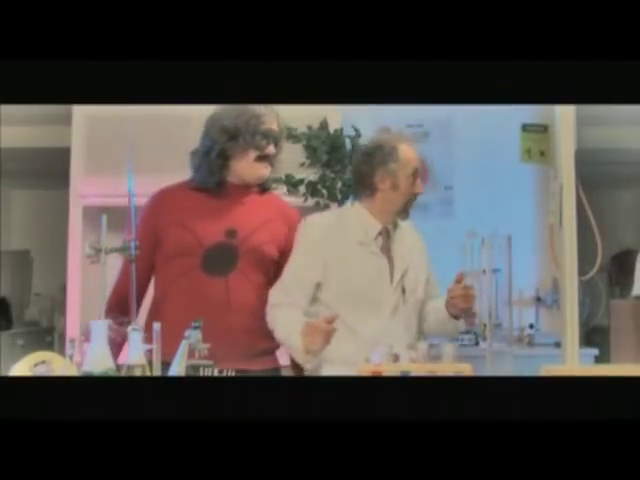
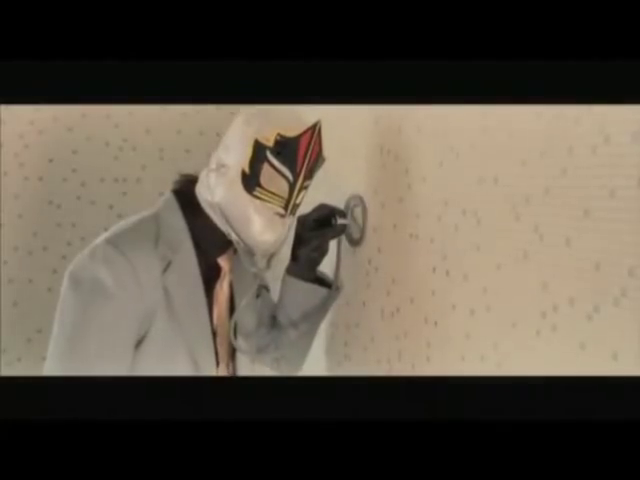
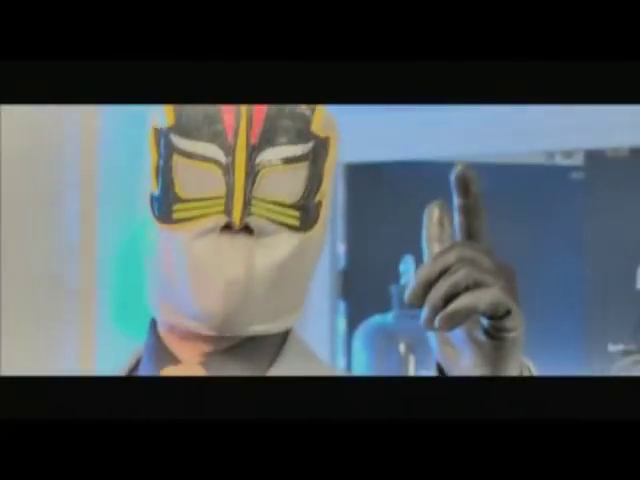
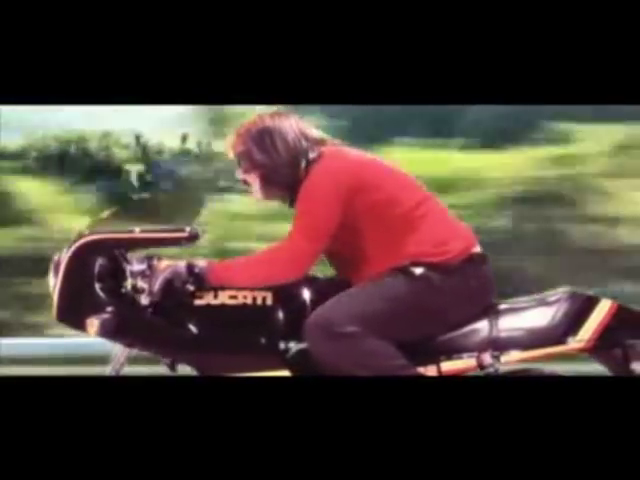
Italian Spiderman (2007)
Film review #517
Director: Dario Russo
SYNOPSIS: When an asteroid that falls to earth turns out to have the power to clone people, it is stolen from Professor Bernardi by Captain Maximum, who wants to use it to create his own personal army. The world’s only hope, Italian Spiderman, sets out to stop Captain Maximum and save the world before it’s too late…
THOUGHTS/ANALYSIS: Italian Spiderman is a 2007 short film, which is a parody of the various knock-offs and copyright-infringing films were made in non-English speaking countries (where the owners of the characters would probably never know the films were made in the pre-internet days). Italian Spiderman is unsurprisingly a parody of Spiderman, and in the opening we see Spiderman playing a poker game and blowing his opponents away with a shotgun, which should give you an idea of how accurate the representation of Spiderman is. The plot of the film concerns an asteroid that falls to Earth and has the power to clone people when exposed to it. This obviously attracts the attention of the evil Captain Maximum, who steals it in order to create an army to take over the world, leaving Italian Spiderman to stop him. The plot would be pretty standard for the type of films it is trying to parody, and leaves scope for all manner of ridiculous setups to occur as Italian Spiderman battles all sorts of traps and villains. Parodying films which are already absurd and ridiculous certainly presents the problem of how you add anything to the original or present it in a different way. Italian Spiderman actually handles this pretty well: it is able to throw in plenty of surprises by adding really ridiculous things out of nowhere, and also throwing just the right amount of self-awareness in to add something new with the parody. With a runtime of just thirty seven minutes, it doesn’t overstay it’s welcome, and accomplishes all it can probably do in that time.
Italian Spiderman (he is never just called “spiderman,” as an example of the aforementioned self-awareness the film has), in keeping with the type of film it is parodying, doesn’t look like the typical spider-man nor does he have any of his powers. The rest of the characters fill typical inconsequential roles that nevertheless keep some semblance of structure in the film. The use of practical effects, combined with the obviously misplaced stock footage, make for some humourous setups. I imagine when this was released online in 2007 it would have been quite popular, at a time where these sort of films were just being discovered by English speaking countries. Nowadays it might have less of an impact because the original films are so easily available and just as silly, but still, Italian Spiderman is a smart parody that balances self-awareness with the original absurdity which makes the films it is parodying so infamous.
-
#516 – Gila! (2012)
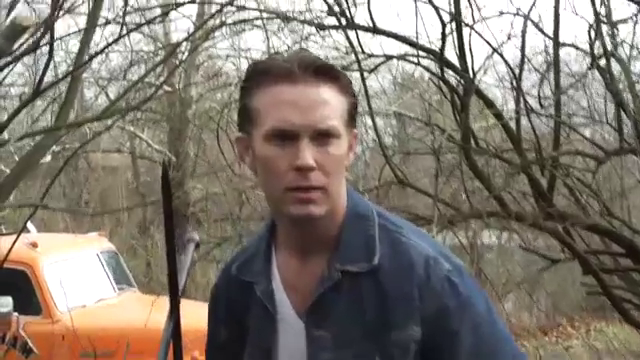
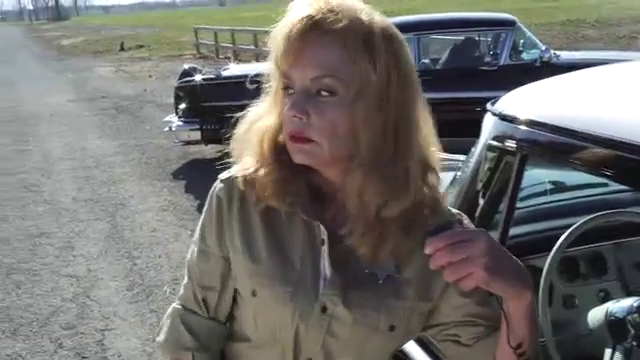
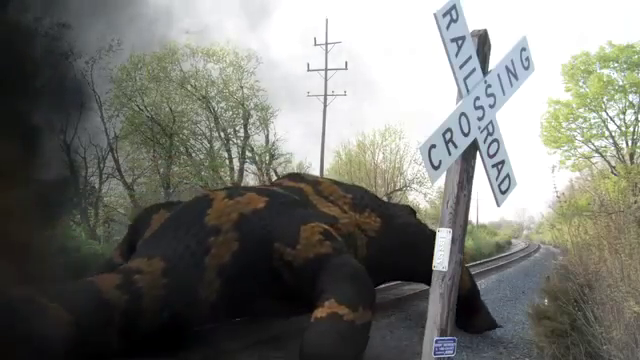
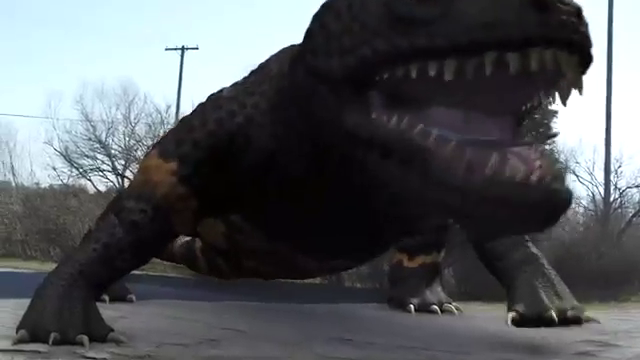
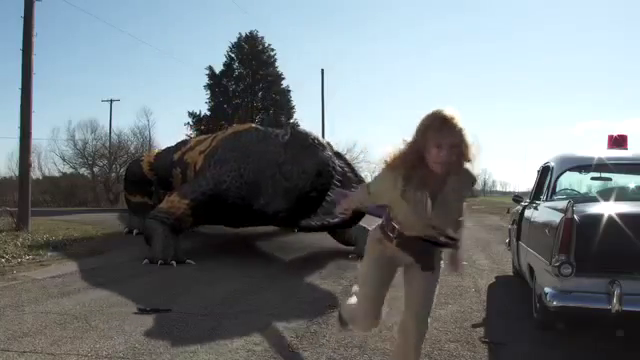
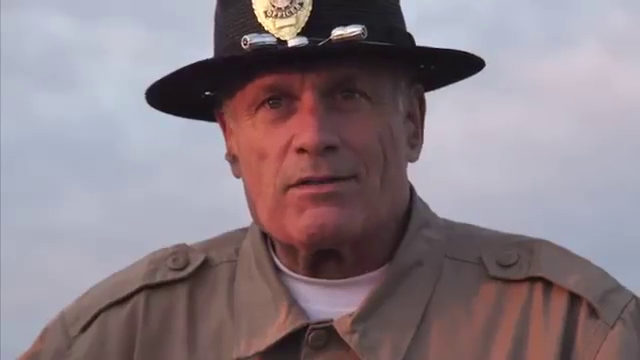
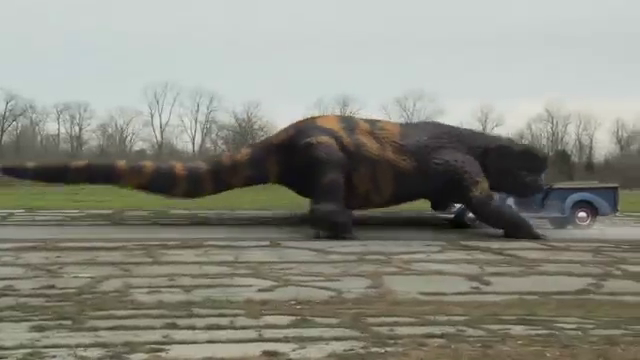
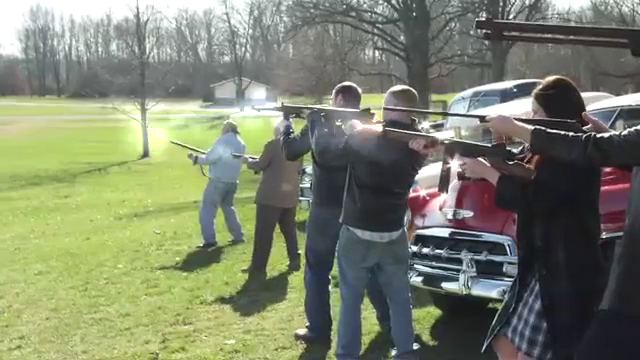
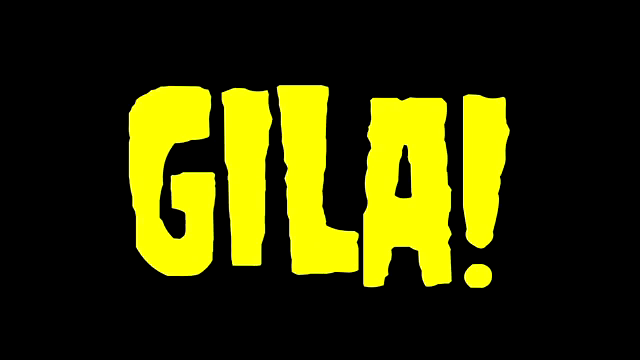
Gila! (2012)
Film review #516
Director: Jim Wynorski
SYNOPSIS: Residents of a remote mid-western town are mysteriously disappearing, which turns out to be the work of a giant lizard. Chase Winstead is a tow truck mechanic in town, and teams up with the residents of the town in order to try and stop the monster before it eats everyone…
THOUGHTS/ANALYSIS: Gila! is a 2012 film, and a remake of the 1959 film The Giant Gila Monster. A b-movie is a strange choice for a remake, but The Giant Gilla Monster had some brand recognition, as it was one of the first double-feature films for drive-in theatres, and was fairly popular upon release. The story is essentially the same as the original, with a small American town being terrorised by a giant lizard, and Chase Winstead, a local tow truck mechanic, works with the rest of the town to try and uncover the mystery and put a stop to it. Usually with these sorts of remakes, the story is at least updated to the present day to make it more relevant, but here, they have kept it set in the 50′s like the original, which really does beg the question what the purpose of this remake is. There are are only two big differences in the story: one is that the location is a mid-west town, rather than a southern U.S. one, and the inclusion of Waco Bob, a rebellious teen who sort of serves as Chase’s nemesis and a villain role. Neither of these really add in anything interesting, and there’s just an overall feeling that the whole remake is pointless: it changes nothing, it doesn’t have a bigger budget or production to make it a more significant and serious film, and it clearly stretches itself to over ninety minutes by padding out scenes needlessly. There’s also a rather big plothole where the mayor’s daughter Betty is clearly eaten by the lizard at the start of the film, but is found alive later on. Maybe this is due to the film having three writers and little communication, and why a remake that just copies it’s original needs three writers is a bit of a mystery.
The cast of characters is fairly large, and there is some effort in trying to give them all a bit of character, but ultimately they’re still all a little flat. Don Cheadle, who played Chase in the original 1959 film, has a minor role here, which is a nice bit of trivia. You feel like you get to know the residents of the town, but they’re about as interesting as you might expect a remote mid-west town to be. Combined with the sub-par acting,
As mentioned, one of the reasons to remake a film might be to produce a film using a larger budget, but this is about as low-budget as the original. The money clearly went on two things: the first is renting some 1950′s era cars, which do look authentic, but they look way too clean, and they obviously can’t do any stunts or anything risky with them, meaning we simply see them driving up the same straight road for the majority of the time they’re on screen. Secondly, the lizard is pure CGI, and even by 2012 standards, it looks absolutely terrible. It’s running animation is so comically bad as it lifts each foot up into the air I don’t know how anyone thought it looked good. There’s at least a few 50′s era songs to help set the scene, and some “new” songs of the era made for the film too. Overall, Gila! feels like a pointless remake that barely changes anything from the original. The story is all over the place and has plenty of plotholes, the characters don’t stand out too much, and any attempts to flesh out their characters are often marred by poor acting. The atrocious CGI for the lizard means that you won’t be taking this too seriously. It may be good for a laugh, but Gila! is pretty bad, especially when you consider it mostly just copies the original with no attempt to innovate.
-
#515 – The Giant Gila Monster (1959)
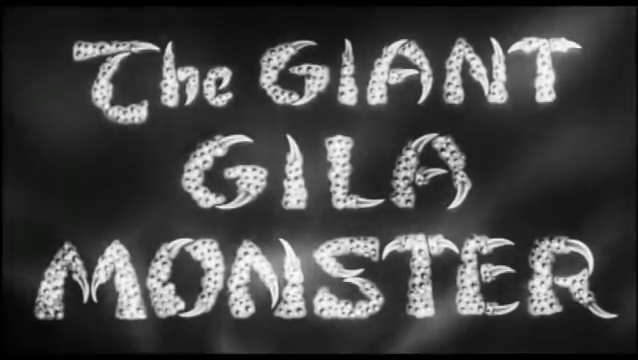
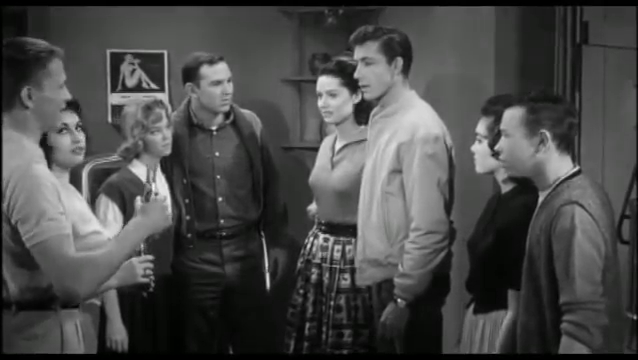
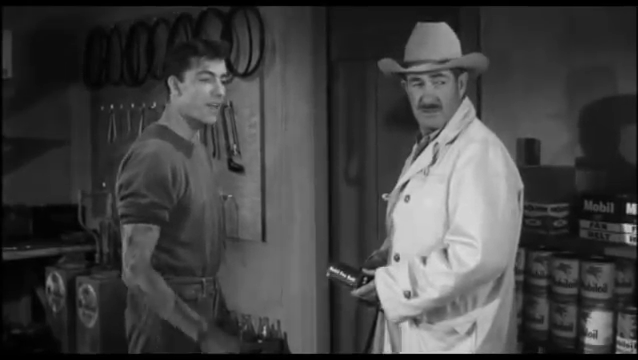
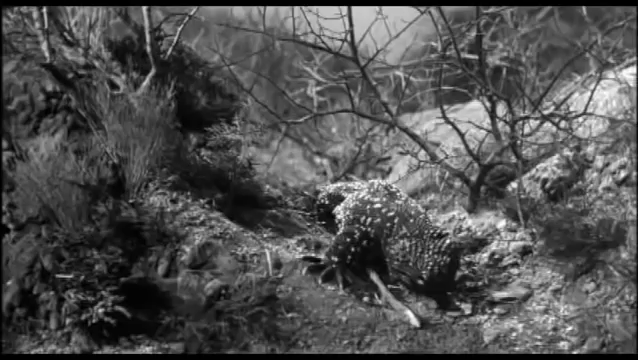
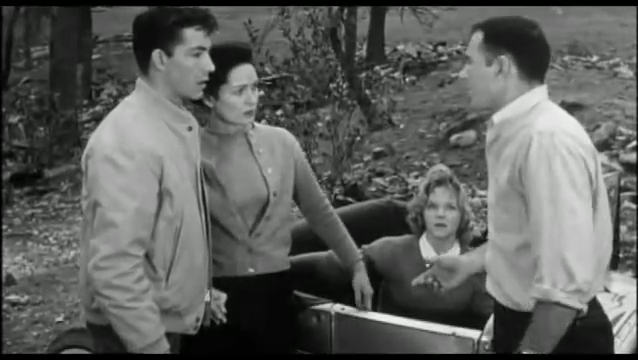
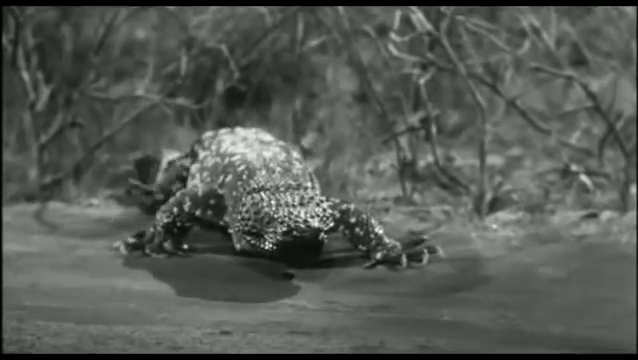
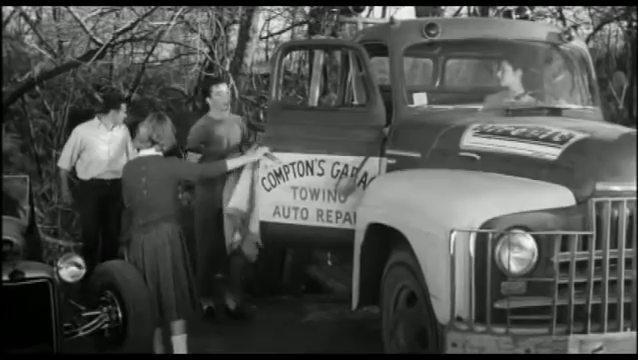
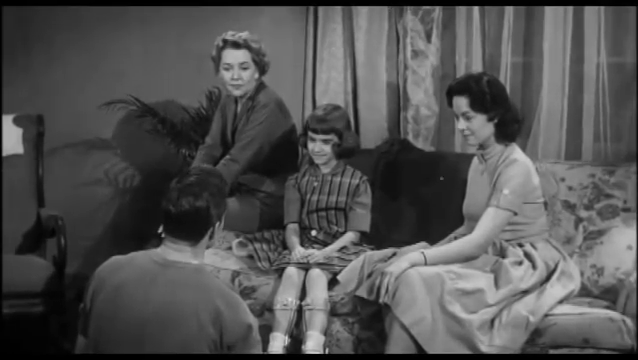
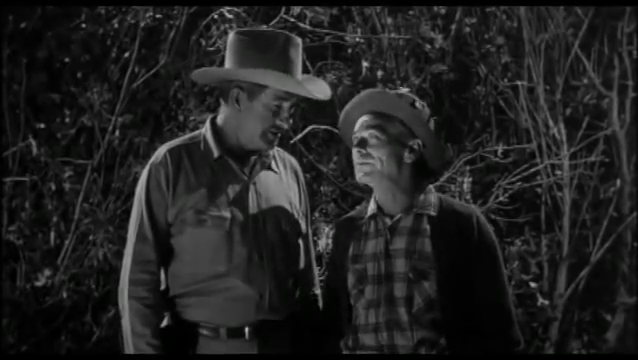
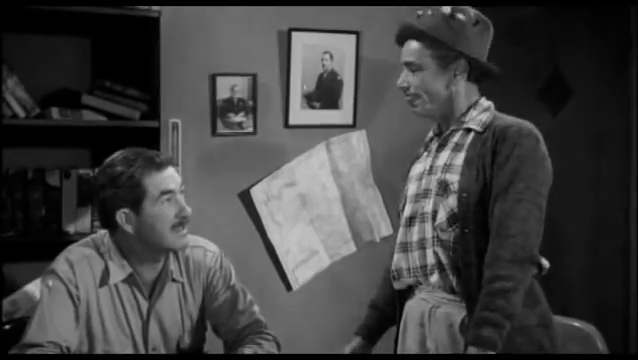
The Giant Gila Monster (1959)
Film review #515
Director: Ray Kellogg
SYNOPSIS: When a young couple go missing, their friends try to find them with little success. One of them, Chase Winstead, is a mechanic and tow truck operator, who gets called out to strange goings on in the ravine near town. Could everything be the work of some sort of giant lizard monster?
THOUGHTS/ANALYSIS: The Giant Gila Monster is a 1959 film, produced as a drive-in double feature alongside The Killer Shrews, typically regarded as the first “double feature” films that premiered back-to-back in drive-in theatres. In the opening scene, we see young couple Pat and Liz in their car at a local ravine, when they are suddenly attacked and their car falls into the ravine below. The only clue of the culprit is a giant, scaly foot that comes down upon the car. Later on, we see a group of young friends hanging out at the local diner, wondering where their friends Pat and Liz are. The sheriff is unable to find them, and Pat’s Father is unhappy with the investigation. Chase Winstead is a young car mechanic and tow truck operator in town who eventually stumbles upon the wreckage of their car, and a number of strange incidents that he happens upon while doing his job suggests that something strange is happening in the ravine outside of town. The film is very much a typical b-movie monster film, and as mentioned, one of the first films produced especially for the double feature drive-in theatres. The format is very typical of those films, featuring a monster terrorising local residents, and a runtime of just over one hour. Also very typically, the film barely deals with the monster itself, leaving it a mystery until the final few minutes of the film. The majority of the film just focuses on the goings on of the town, including the Sheriff’s investigation, Chase’s towing job, his family, and so on. There are a lot of scenes that just feel pointless and go nowhere. Having the “monster” appear on screen through-out interacting with the cast would have been logistically impossible, because it is a lizard that moves about on model sets, meaning we never see the monster and the cast on screen together. We should remember the film’s target audience though: young people (teenage boys) taking their dates in their cars to the drive-in theatre. As such, the film centres mostly around the young cast, who all have their own cars and are coupled together, as well as Chase being a mechanic obsessed with working on his car. Oh, and there’s some contemporary (for the time) music and dancing too. All of of this adds up to definitely appealing to that target audience, but their is very little substance to the film itself in terms of story, or highlighting the giant monster threat. As such, you’ll be looking back at this one with befuddlement at how any of this fits together. You can be forgiving with the format being notoriously low budget, but there’s so many scenes which just aren’t interesting or have no relevance, meaning that it won’t be very entertaining out of the context in which it was made. I suppose the less interesting scenes give viewers time to interact with their dates in their car (I’ll lave that to your imagination…).
The cast of characters, again, are meant to resonate with their target audience: the teens driving cars, Chase always talking about tuning up his own car…the main focus is on them being relatable and relevant. There’s some attempt to expand Chase’s character by introducing his family and such, but it all seems a bit superfluous. There’s also a lot of minor characters, like the Sheriff, and Pat’s Father, who show up from time-to-time to explain the plot, or try and justify any inconsistencies in the story, but that is really the limits of their purpose. There’s also a comic relief character who doesn’t really do anything (and isn’t really funny), and also a real DJ from the area it was filmed has a minor role too, which again adds some relevancy to the target audience. Again, there’s just so many scenes where the characters just talk about really minor or tangential things to pad out the run-time without actually developing the characters. Still, there’s at least some attempted variety with the characters, and an effort to make them relatable. It’s not that they’re all necessarily bad, just a bit harmless.
The budget is pretty average for these types of films. As mentioned, the “gila” monster is actually a lizard (Mexican beaded lizard, to be precise) that stomps around on a model set, so you never see it interact with the cast on screen at the same time. There’s at least plenty of shots that show off the local area and set the scene, and the film definitely has a vision in that respect. I think that sums up the film as a whole really: it aims to appeal to a specific audience, and fills it with relatable characters, music, and a local setting (in/around Dallas, where it would be premiered). In this sense, I think the film works. On the other hand, the “monster” element is pretty weak compared to similar films and barely plays a part in the story. Also, due to being so entrenched in its time, it doesn’t really hold up as a viewing experience today. Back when it was released though, it achieved a fair amount of success, and was released across the country and abroad, so it must have resonated at the time. Unfortunately, it doesn’t hold that same interest nowadays, except historically, as being one of the first drive-in double features, and the beginning of a cinematic phenomenon.
-
#514 – The Day of the Triffids (2009)
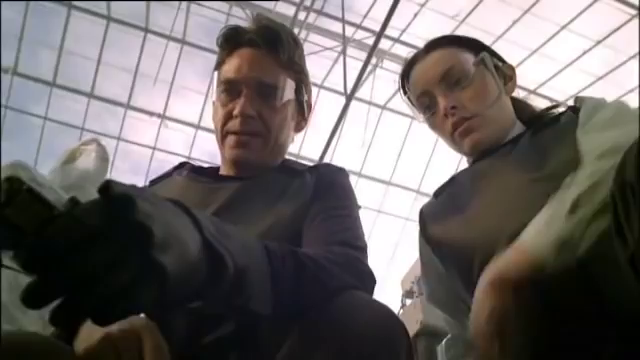
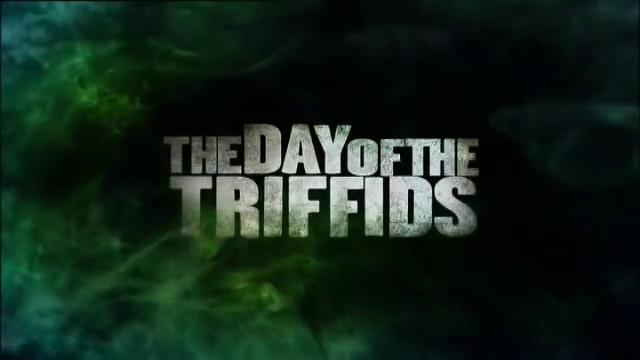
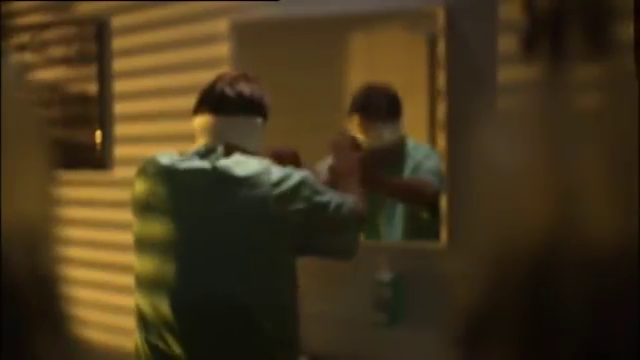
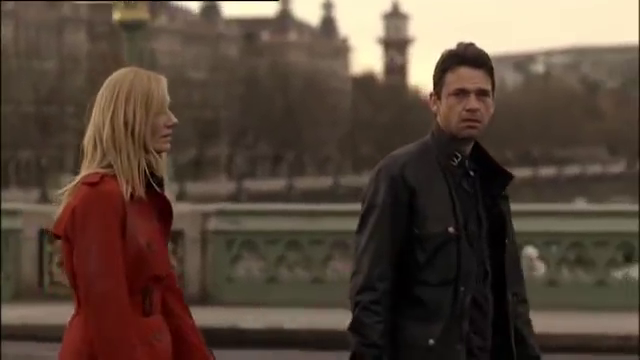
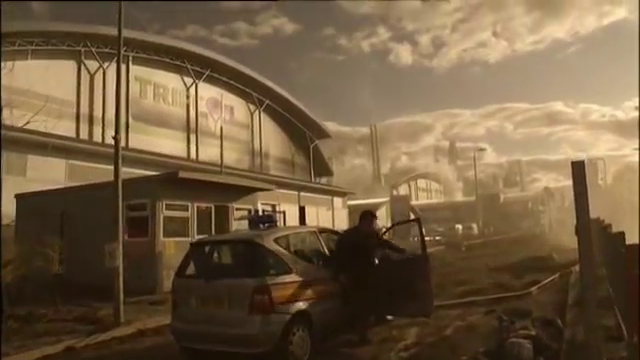

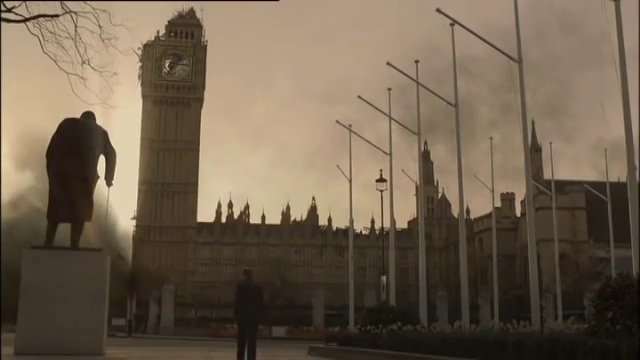
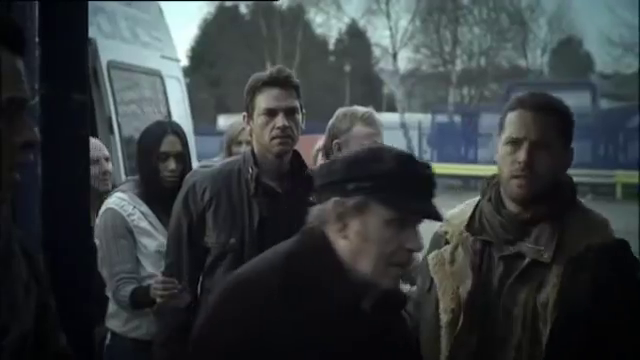
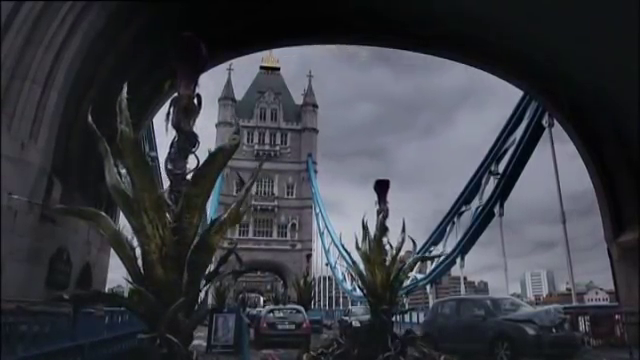
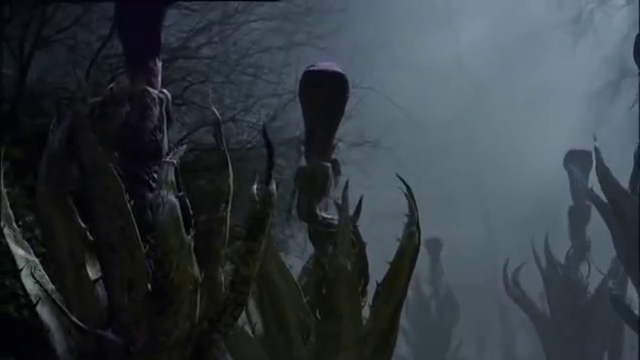
The Day of the Triffids (2009)
Film review #514
Director: Nick Copus
SYNOPSIS: A solar flare visible across the world has the effect of making everyone blind, leading to the collapse of society and government. This also has the consequence of releasing the Triffids, man-eating, mobile, plants into the world after their containment facilities fail. Bill Masen, a scientist who studies the triffids, avoids being blinded by the flare due to having an eye operation, and awakens to find he is one of only a few people still able to see. Bill navigates the remains of civilisation, teaming up with broadcaster Jo Playton to try and survive this new world, and also to stop the triffids from feeding on the sightless population…
THOUGHTS/ANALYSIS: The Day of the Triffids is a 2009 two-part TV series, based on the 1951 novel of the same name by John Wyndham. The plot of the film is updated from it’s origins in the 1950s, making the triffids, a race of man-eating plants that can move, the answer to global warming through the oil they produce as an energy source (the original novel was similar, but didn’t have the global warming angle). Bill Masen, a scientist working with the triffids, is attacked by them and has to have an eye operation to save his sight. Meanwhile, a solar flare that is visible worldwide causes the vast majority of people to lose their sight. Bill, having his eyes bandaged, is one of the fortunate ones, and unwraps his bandages to find society collapsed and everyone around him stumbling around blind. The plot of the series is more closer in many respects to the original novel than the 1962 film, and the changes it makes to bring it up to date fit in well. One of the main issues I have with the story is the unrelated events of the solar flare (meteor shower in the original) and the release of the triffids. Given that both cause blindness, it makes it seem like there is some connection between the two, whereas apparently it is just coincidence. The 1962 suggested a link between the two (that the triffids came to Earth by a meteor), but no such connection here. I’m not sure how convincing it is either that so many people went blind, when apparently you could avoid it simply by having your eyes covered, or being underground (such as Jo in the London underground), surely that would leave a lot more people sighted? Nevertheless, most of the main plot points from the book are there, but slightly tweaked to make a more conventional flowing narrative. The original novel was very much a post-apocalyptic survival story, whereas this adaptation fits the characters and story into more conventional film roles, for example, separating characters into specific scenes and settings, and having an overarching villain. The series flows fine enough, but there’s a point in the middle where things feel a bit without purpose and lost, and has no idea what to do with the characters.
The characters themselves have likewise had a few changes to reflect the more modern setting, and the serial format. Bill Masen is a fairly unremarkable lead, but that’s okay, because the story is more interesting when it focuses on the world rather than the characters. Bill’s character is expanded by introducing a personal relationship with the triffids, due to his parents being researchers that studied triffids, and his Mother being killed by one. It is an element that comes into play more in the latter half of the film when Bill meets his Father, but it all feels very unoriginal. There’s also this strange recurring flashback from when Bill was a child and his eyesight was saved after a triffid attack by a shaman and a mask of some sort, but I didn’t really get the significance of it, and it really only pays off in the final minutes for an insignificant bit. Torrence, played by Eddie Izzard, takes up the villain role, and he is set up as a man who will do whatever it takes to survive (he mostly replaces Beadley from the original novel). His quirky, whimsy personality does feel a bit out of place in a post-apocalyptic setting, and I don’t think the series needs an overarching villain in a world where the world itself is the biggest enemy, along with the triffids, of course. One thing that is consistently evident is that nobody seems to know how to write women and children: Jo is the female lead, but her dialogue and everything she does just feels so ineffectual that it’s almost like she isn’t there for the most part. When the young girl Susan and her sister turn up later on too, their characters just don’t go anywhere or develop a bond with the others. There is a severe lack of coherence and relationship building between the characters which is overlooked in the streamlining of the plot into a two-part series.
Production-wise, the series looks good, with plenty of scenes that show off a ruined London, and plenty of extras that populate the chaotic streets. The triffids themselves are CG monsters that are mostly shown obscured in shadows or partly obscured, but I think that’s probably for the best, as there’s no way to make CG walking plants look completely threatening. There’s a good sense of scale, and some competent production, but The Day of the Triffids has a certain blandness borne from some streamlining elements of the plot to fit the series format, and an inability to write some of the characters to be in anyway significant. It’s watchable, mildly entertaining, but yes…bland.
-
#513 – Where Did All the People Go? (1974)
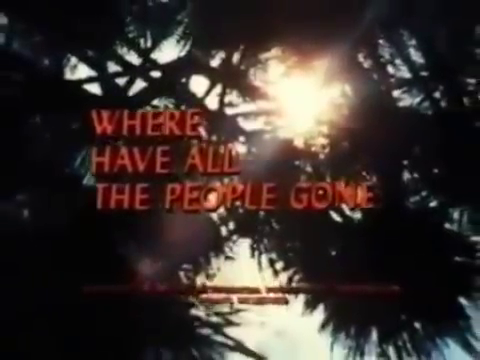
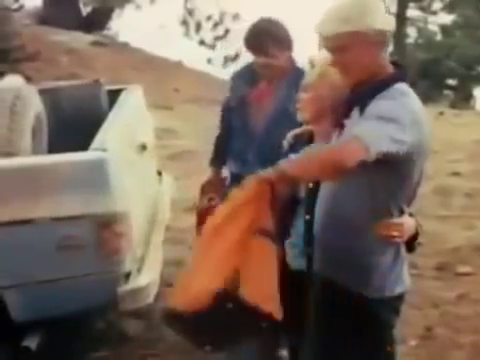
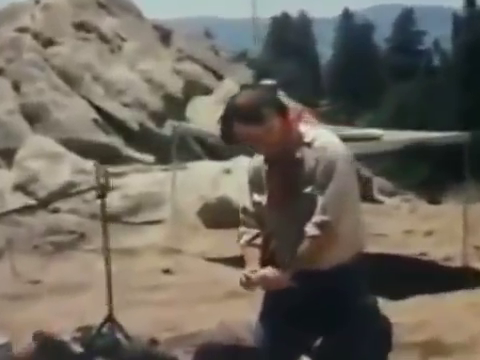
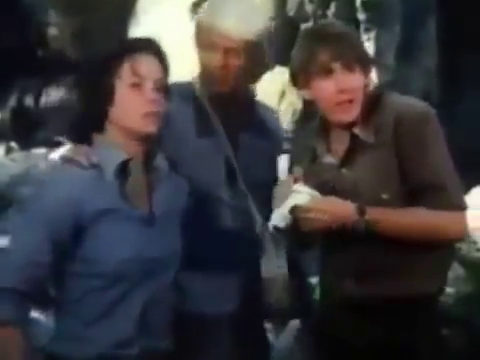
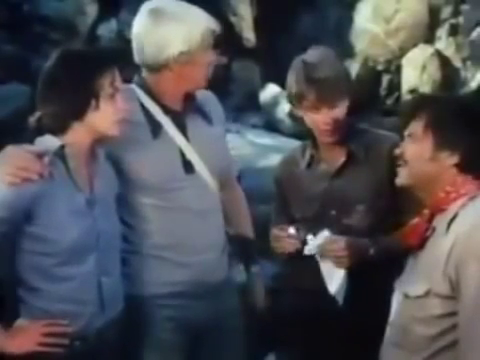
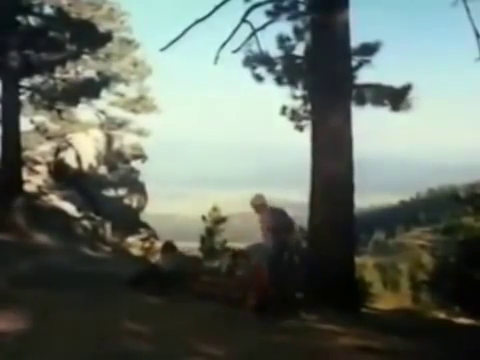
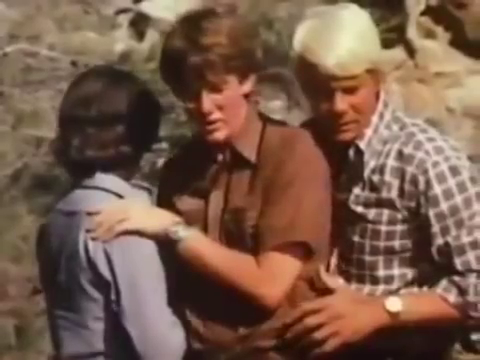
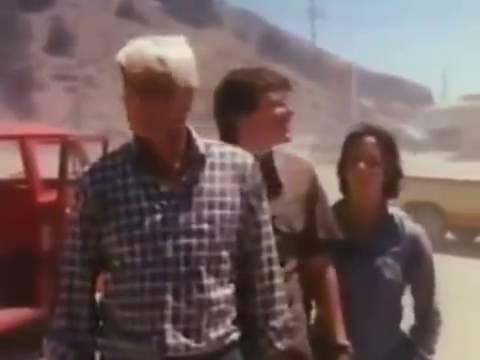
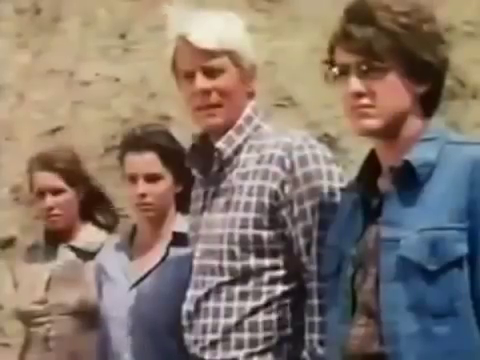
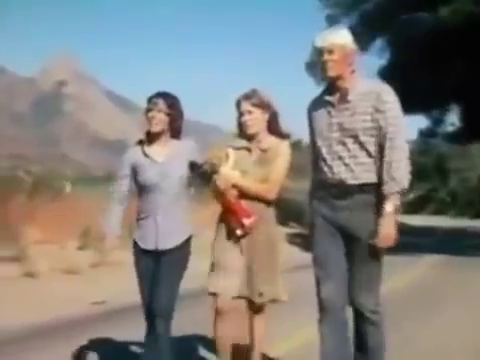
Where Have All the people Gone? (1974)
Film review #513
Director: John Llewellyn Moxey
SYNOPSIS: Steven Anders and his family are enjoying a camping trip in the mountains of California. While Steven’s wife, Barbara, returns home for work, the rest of the family stop and enjoy the remainder of their holiday. While exploring a cave, an earthquake strikes and they head outside to find that some form of solar flare has happened, and they can get no communicate with the outside world. The family head home to try and find Barbara, finding that almost everyone in the world has vanished, leaving only white powder where their bodies once were…
THOUGHTS/ANALYSIS: Where Have All the People Gone? is a 1974 TV movie. The film focuses on Steve Anders and his family, as they are on a camping trip in the Californian mountains. Steve’s wife Barbara has to return home for work reasons, leaving Steve, their two teenage children, and a local farm-hand. The family are down in a cave when an earthquake hits, and they escape to find the farm-hand outside that some form of bright flash happened in the sky at the same time. Unable to get into any contact with anyone, and with the farm-hand suffering what appears to be some form of radiation poisoning, the family try and get back home to Barbara, along the way finding that nearly everyone who saw the flash of light has died and become a heap of white dust. The story is focused around Steve and his family, and the people they pick up and encounter along the way. Initially starting with no answers, they slowly build up theories about what is happening, but their focus is always on getting home to their wife/mother. The film starts off pretty empty, and with characters that are very cookie-cutter and without personality, but slowly, they start to build up some particular responses to what is going on around them, and things start to pay off. The different scenes are a bit hit-and-miss: sometimes they work, sometimes they don’t. As such, the film can feel a bit uneven and disjointed. I don’t think there’s too much original in the film’s portrayal of a world where everyone has disappeared (an idea not unfamiliar to post-apocalyptic films), but it also avoids the common depictions of post-apocalypse scenarios by tuning away from global nuclear fallout and focusing on a family drama. Given that this is a TV movie, which typically focus more on entertainment and action, it is a rare example of such a movie that instead takes its subject matter seriously without the frills.
As mentioned, the characters are very much plain, stereotypical cut-outs, but they do start to grow a little as the film goes on. Steve keeps his family together, while his son David is a science-based person, who unravels a little as the film goes on. Deborah doesn’t really have too much to do other than do some occasional narration (which doesn’t add too much), and the characters of Jenny and Michael, whom the family they pick up along the way, have small, but interesting character arcs that adds something of substance. By the end of the film, there’s some good dialogue and twists that have cohered the characters into a good unit, but they never fully shake off that mould from which they begin.
The open-ended nature of the film leaves us with no real answer about the state of the world and it’s survivors: all we know is about are the characters we travel with, and who they encounter, which says very little. This isn’t necessarily a bad thing, but might not be for everyone who might want the journey to have a more substantive pay-off. When we are given explanations to what is going on, the science seems a bit far-fetched, such as people being turned into white dust being caused by a large solar flare and a particular dominant gene is a bit much the more you think about it. Again, like most things in this film, if you don’t think too much about it and focus on the characters and the depiction of the post-apocalyptic world, you have something that is mildly interesting to watch, if you give it a chance to get going. It’s nothing mindblowing or groundbreaking, but there’s some competency at work that brings the film together. In terms of TV movies, you can do worse, but you can certainly do better.